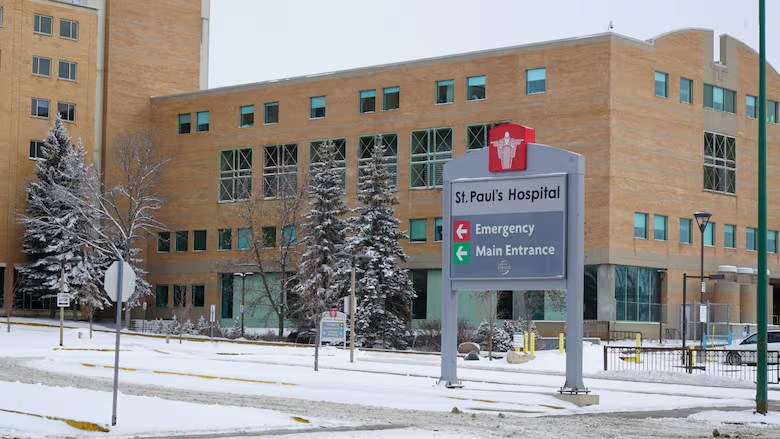
Introduction
The escalating crisis of overcrowded emergency departments (ERs) in Canada has reached a tipping point, exemplified by recent developments at Saskatoon’s St. Paul’s Hospital. This article delves into the measures being taken to manage overcapacity, examines the broader systemic challenges facing healthcare in Saskatchewan, and explores potential long-term solutions to address these critical issues.
Emergency Room Expansion: A Temporary Fix to Overcrowding
St. Paul’s Hospital has extended its emergency room into the ambulatory care unit, creating additional space for 12 to 14 patients. This measure, while short-term, is part of the hospital’s surge capacity plan aimed at alleviating immediate pressures.
“It’s a short-term measure but it is part of our overcapacity and surge plan to make sure we can safely care for patients that are waiting for admission,” stated Derek Miller, Saskatchewan Health Authority (SHA) chief operating officer.
While this approach prevents patients from being treated in hallways—a practice deemed unsafe due to inadequate equipment—it underscores the severity of the systemic issues plaguing healthcare infrastructure.
Challenges in Healthcare Staffing and Burnout
The Saskatchewan Union of Nurses (SUN) has highlighted the human cost of the ongoing crisis. Nurses report facing daily violence, burnout, and a lack of adequate support. Many healthcare workers are on the verge of leaving the profession, further exacerbating staffing shortages.
“In hallways, there’s nothing. It’s not safe,” emphasized SUN President Tracy Zambory. “If they are at least in a unit, they have the proper equipment, and it is much safer. Is it an ideal situation? No.”
The reliance on stopgap measures to manage ER capacity reflects deeper structural issues, including the need for improved mental health and addiction services in the province.
Record-High Wait Times: A National Concern
A study by the Fraser Institute revealed record-high healthcare wait times across Canada. In Saskatchewan, patients face a median wait of 37.2 weeks between a general practitioner’s referral and treatment—well above the national median of 30 weeks. After seeing a specialist, patients wait an additional 6.3 weeks longer than is clinically advisable.
These prolonged delays not only compromise patient outcomes but also place immense strain on emergency departments, which often serve as the last resort for those unable to access timely care.
Addressing Systemic Issues: A Multi-Faceted Approach
1. Staff Recruitment and Retention
Health Minister Jeremy Cockrill acknowledged the need for a robust workforce, highlighting investments in training programs and infrastructure. However, urgent action is required to address nurse burnout and improve working conditions to retain existing staff.
2. Expanding Infrastructure
While hospitals like St. Paul’s are taking short-term measures, long-term investments in healthcare infrastructure are essential. Expanding ER capacity and building new facilities must be prioritized to meet growing demand.
3. Enhanced Mental Health and Addiction Services
Mental health and addiction issues contribute significantly to ER overcrowding. Expanding access to preventative care and specialized treatment programs can help reduce the influx of patients requiring emergency care.
4. Streamlined Referral and Treatment Processes
Reducing the bottlenecks in the referral system and accelerating specialist access are critical to minimizing wait times. Adopting technology-driven solutions, such as telemedicine, can further enhance efficiency.
Conclusion
The situation at St. Paul’s Hospital is emblematic of the broader challenges facing Canada’s healthcare system. While temporary measures like expanding ER capacity are necessary, they highlight the urgent need for comprehensive reforms. By investing in staffing, infrastructure, and mental health services, Saskatchewan can pave the way for a sustainable healthcare system that ensures timely and safe care for all.
